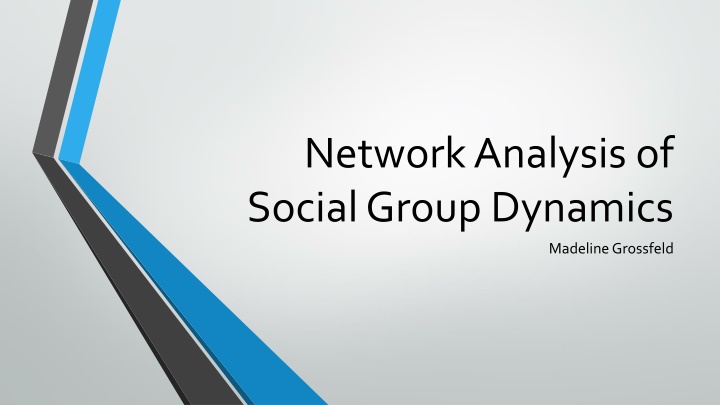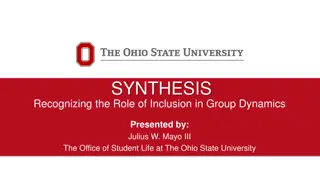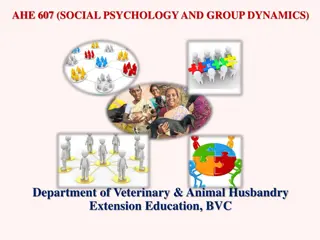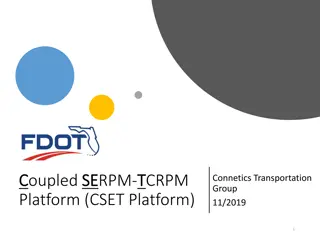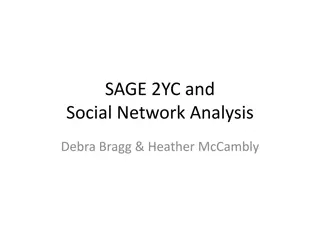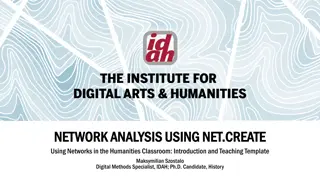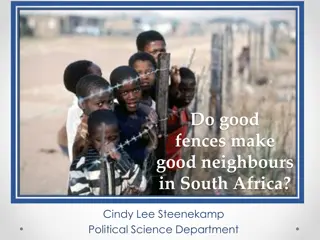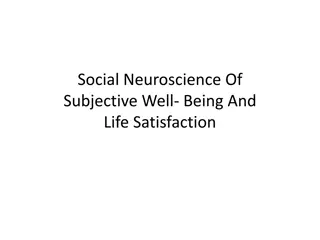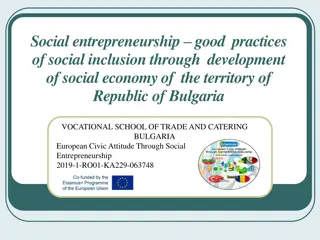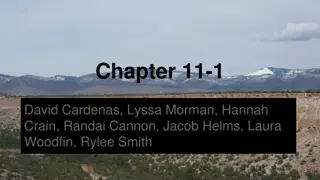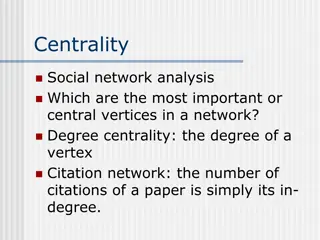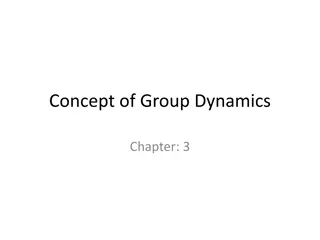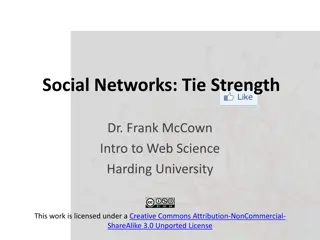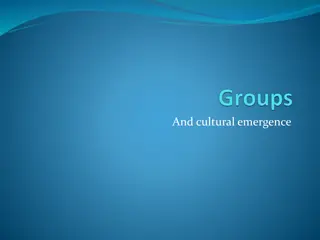Network Analysis of Social Group Dynamics
Discover the intricate dynamics of social groups through network analysis, including basics of networks, application to scientific research, influences on friendships, and the Exponential Random Graph Model (ERGM) concerns and considerations. Uncover key patterns and models in understanding social interactions.
Download Presentation

Please find below an Image/Link to download the presentation.
The content on the website is provided AS IS for your information and personal use only. It may not be sold, licensed, or shared on other websites without obtaining consent from the author.If you encounter any issues during the download, it is possible that the publisher has removed the file from their server.
You are allowed to download the files provided on this website for personal or commercial use, subject to the condition that they are used lawfully. All files are the property of their respective owners.
The content on the website is provided AS IS for your information and personal use only. It may not be sold, licensed, or shared on other websites without obtaining consent from the author.
E N D
Presentation Transcript
Network Analysis of Social Group Dynamics Madeline Grossfeld
Basics of Networks (Graphs) Node (actor): each element in the dataset; a person Edge (tie): a connection between two nodes; friendship Degree: the number of edges connected to a single node Attributes: relevant data about nodes besides the edges between them i.e. race, sex, age, etc. Dyad: a pair of nodes Triad: a triple of nodes
Application to Scientific Research: Birds of a Feather, or Friend of a Friend? Data Questions 90,000 students from 1994-1995 in grades 7-12 Identify 5 best male and female friends from roster Most identified less than 10 Consider only reciprocated friendships How do attributes affect friendships? Age, sex, race What are some key patterns in social networks?
What influences friendship? Sociality: how social a person is Ability to make friends Selective Mixing: effects of sociodemographic attributes on friendship Assortative mixing: befriend others with similar attributes Disassortative mixing: opposites attract Triad closure: likelihood of two people being friends if they have a mutual friend
The Exponential Random Graph Model (ERGM) Gives probability of a certain graph given a dataset: ? exp( ?=1 ????(?)) ? ? ? = ? ? actors) = zk(y): network statistics; e.g. sociality, grade, selective mixing, etc. ?: estimated effect of the above statistics on the likelihood of friendship Adaptable to datasets Useful for comparison of models
Concerns of the ERGM Homogeneity assumption: the covariates effects are the same for all ties Dyadic independence: assumes the probability of each tie does not depend on other ties only on attributes Model degeneracy: model is unrepresentative of data Estimated statistics do not converge Statistics converge in an illogical way
Three Models Considered Demographic Attribute Model Triad Closure Model Full Model Based on Selective Mixing Attribute- based Dyadic- Independent Based on Triad Closure Homogeneous Dyadic- Dependent Selective Mixing and Triad Closure Combines the two models Estimates unique effects
Three Models Considered Demographic Attribute Model Triad Closure Model Full Model Based on Selective Mixing Attribute- based Dyadic- Independent Based on Triad Closure Homogeneous Dyadic- Dependent Selective Mixing and Triad Closure Combines the two models Estimates unique effects
Findings of Analysis Effects of grade and sex are homogeneous Assortative mixing and triad closure Effects of race are not homogeneous: Hispanic: more assortative and triad closure mixing in homogeneous student populations White: more disassortative mixing and less triad closure when minority Black: more assortative mixing and triad closure when minority Asian: assortative mixing and triad closure in all cases
Possible Continued Studies Students with no reciprocated friendships Currently underestimate number with unreciprocated friendships Social distance of larger schools These models did not predict less dense networks Consideration of age in a more dynamic sense Currently just see if two students are in the same grade, not how far apart
Thank You! Questions?
